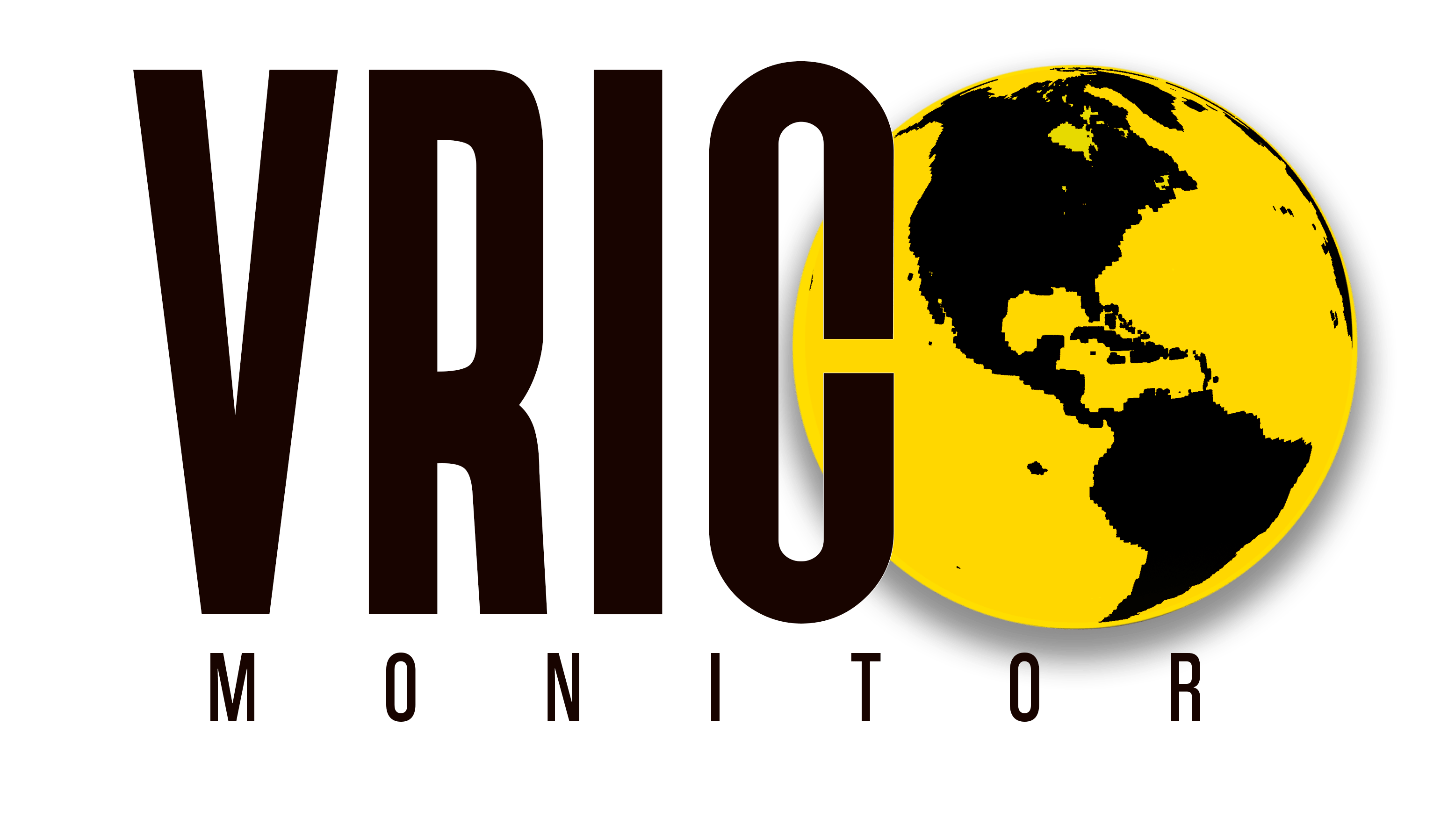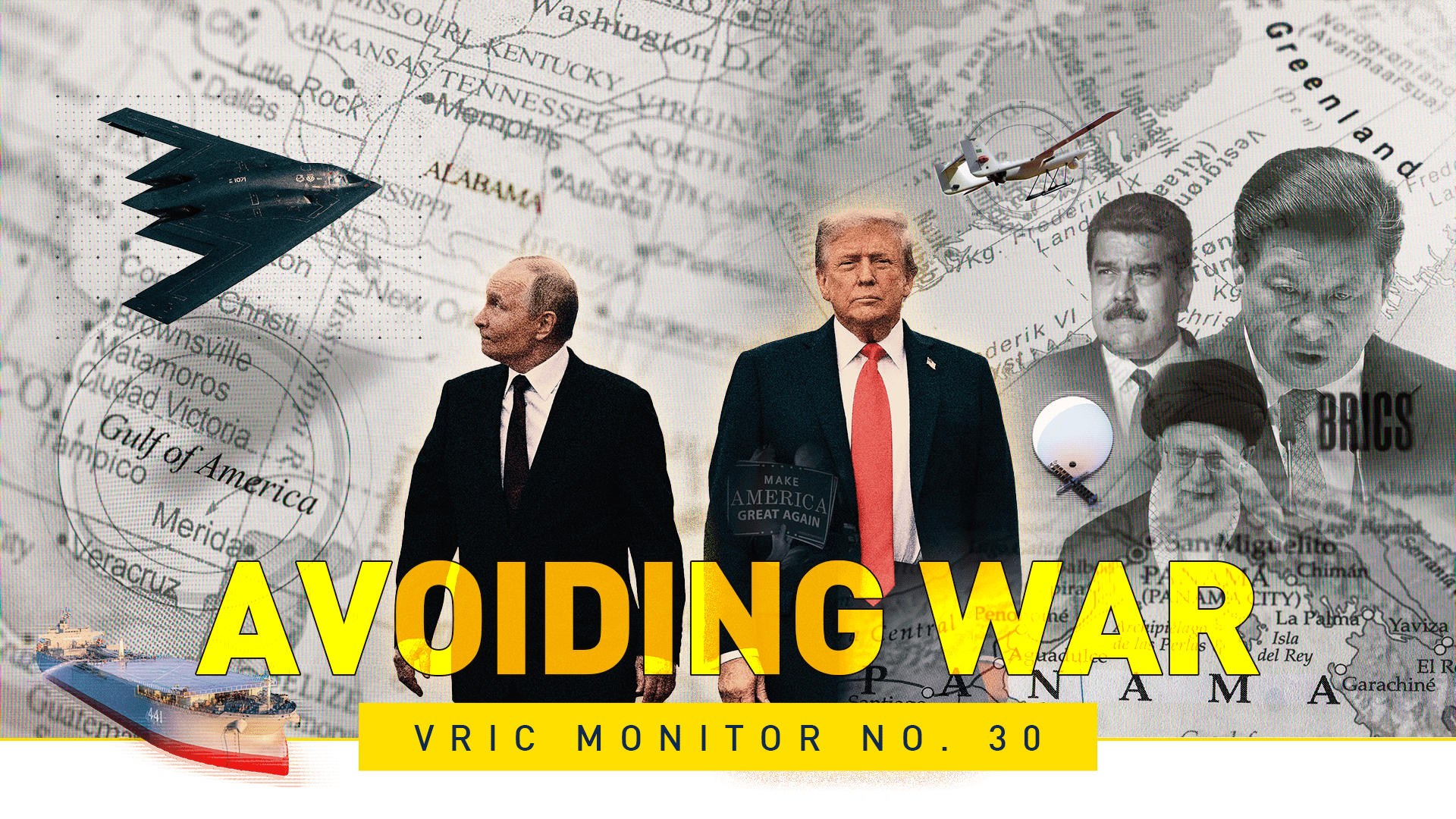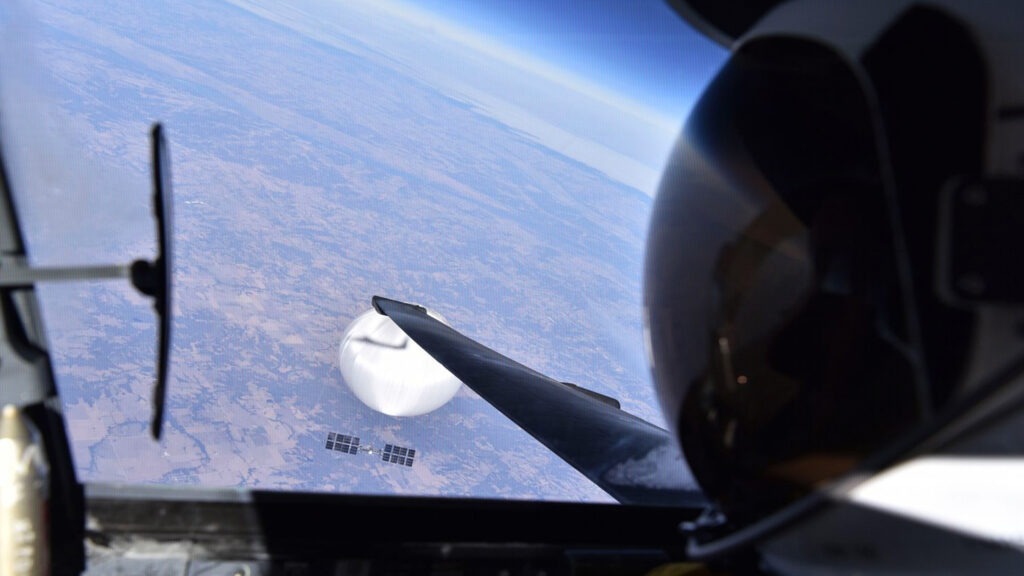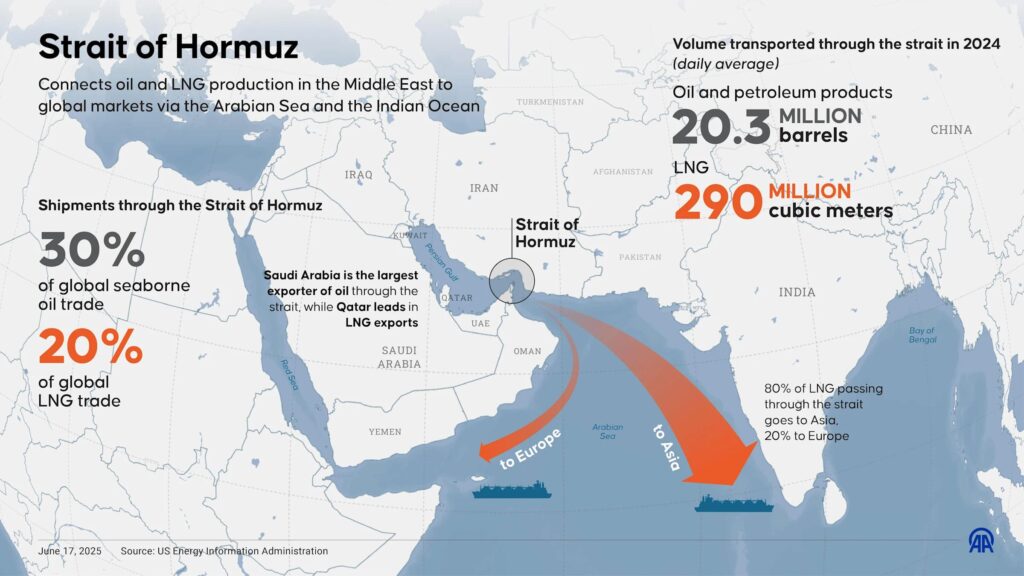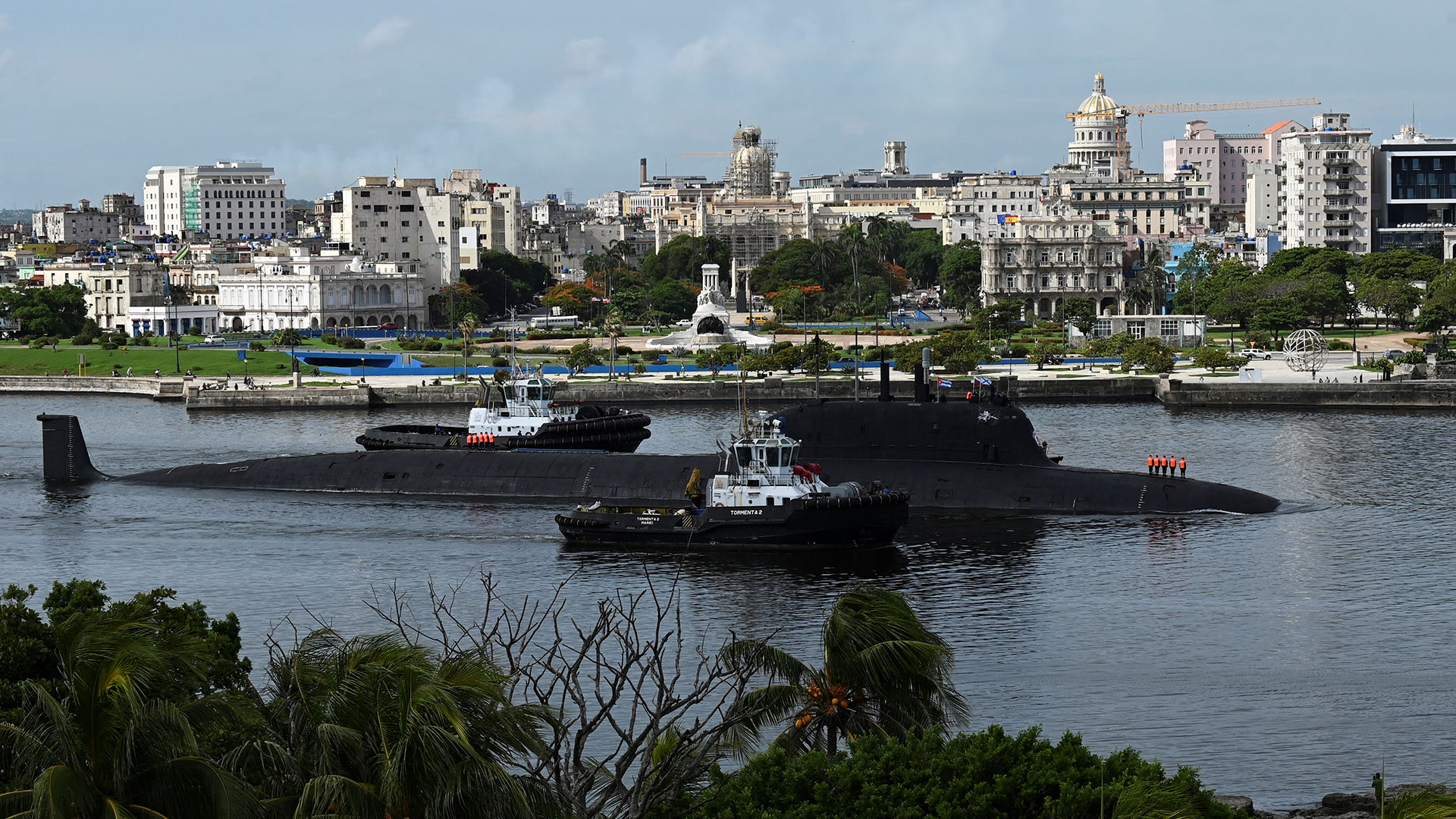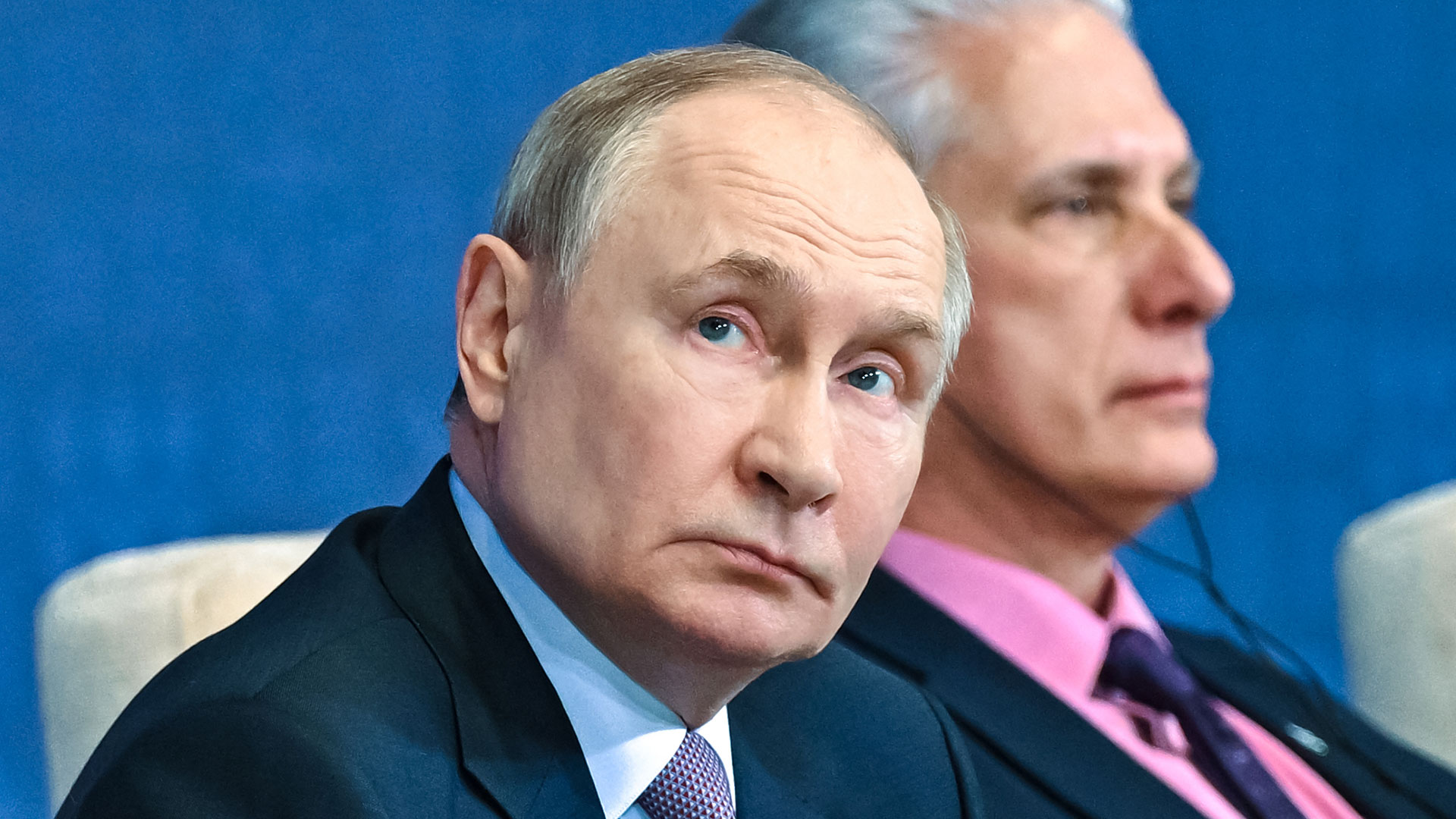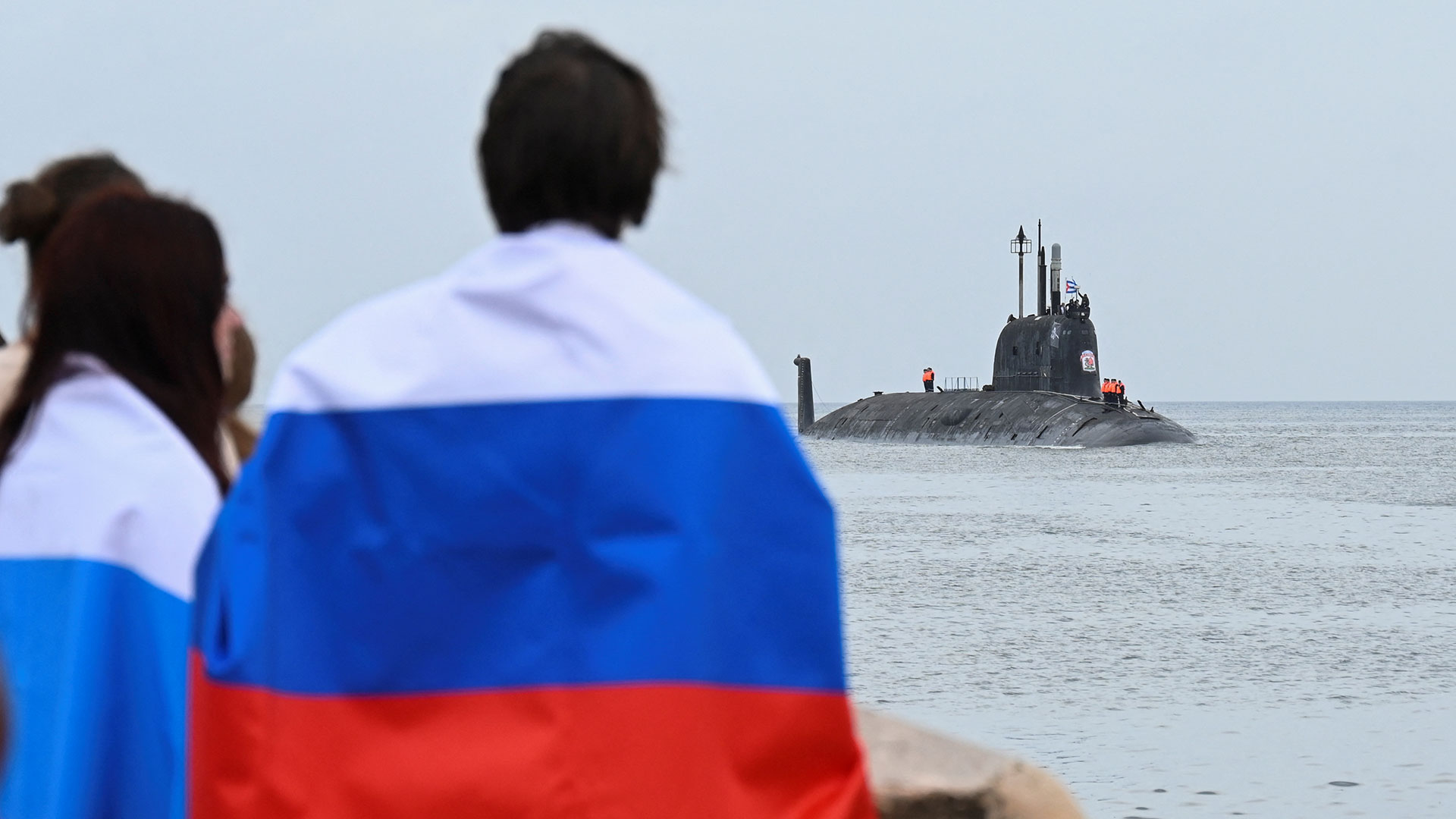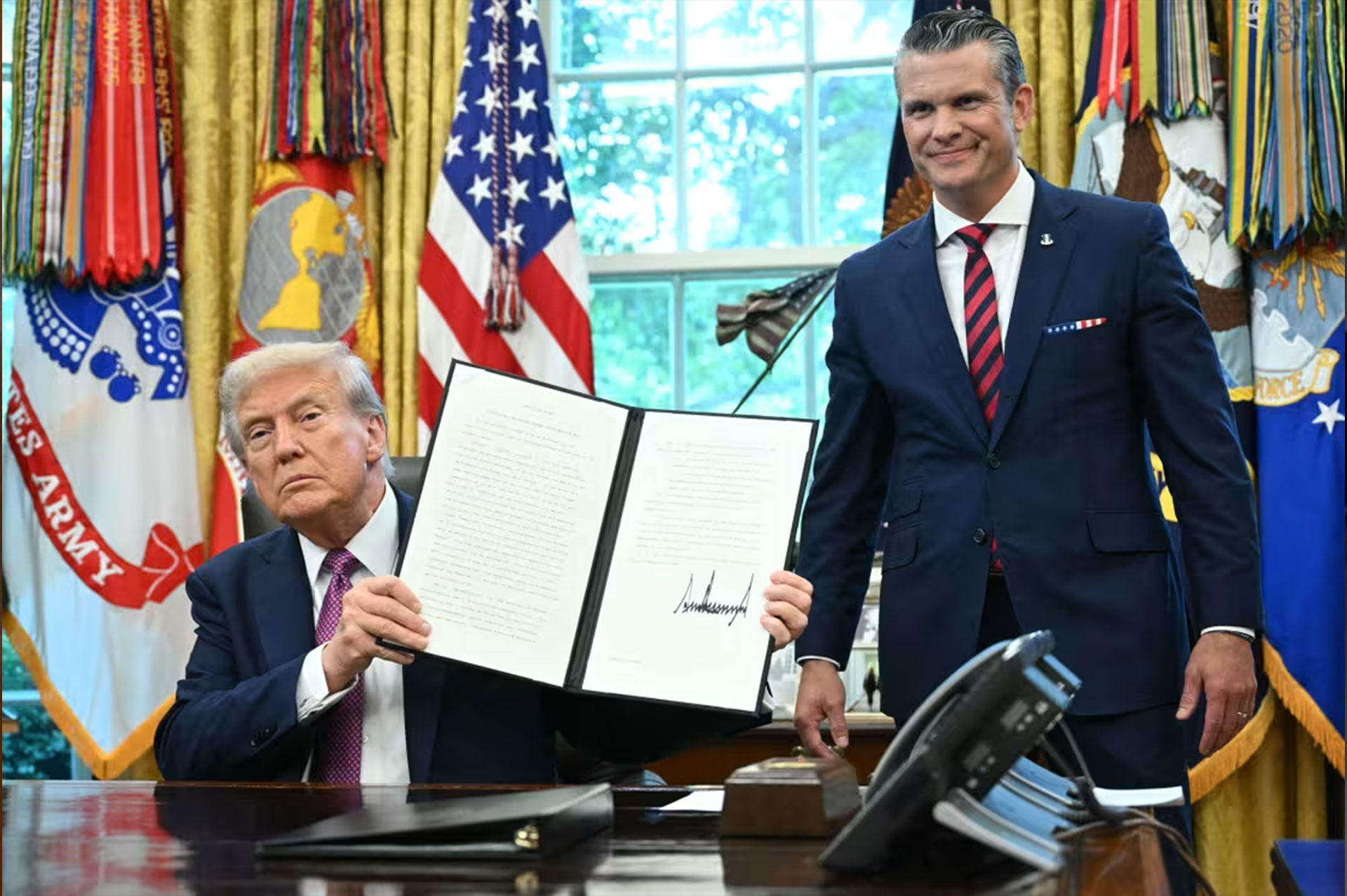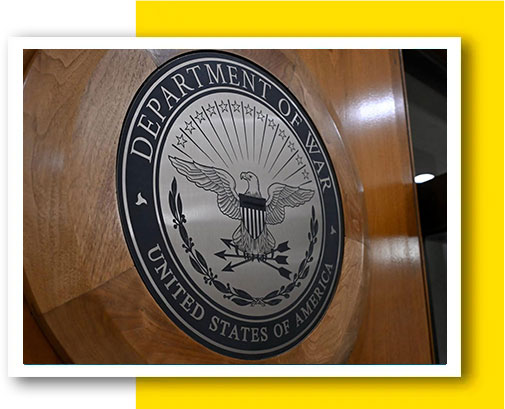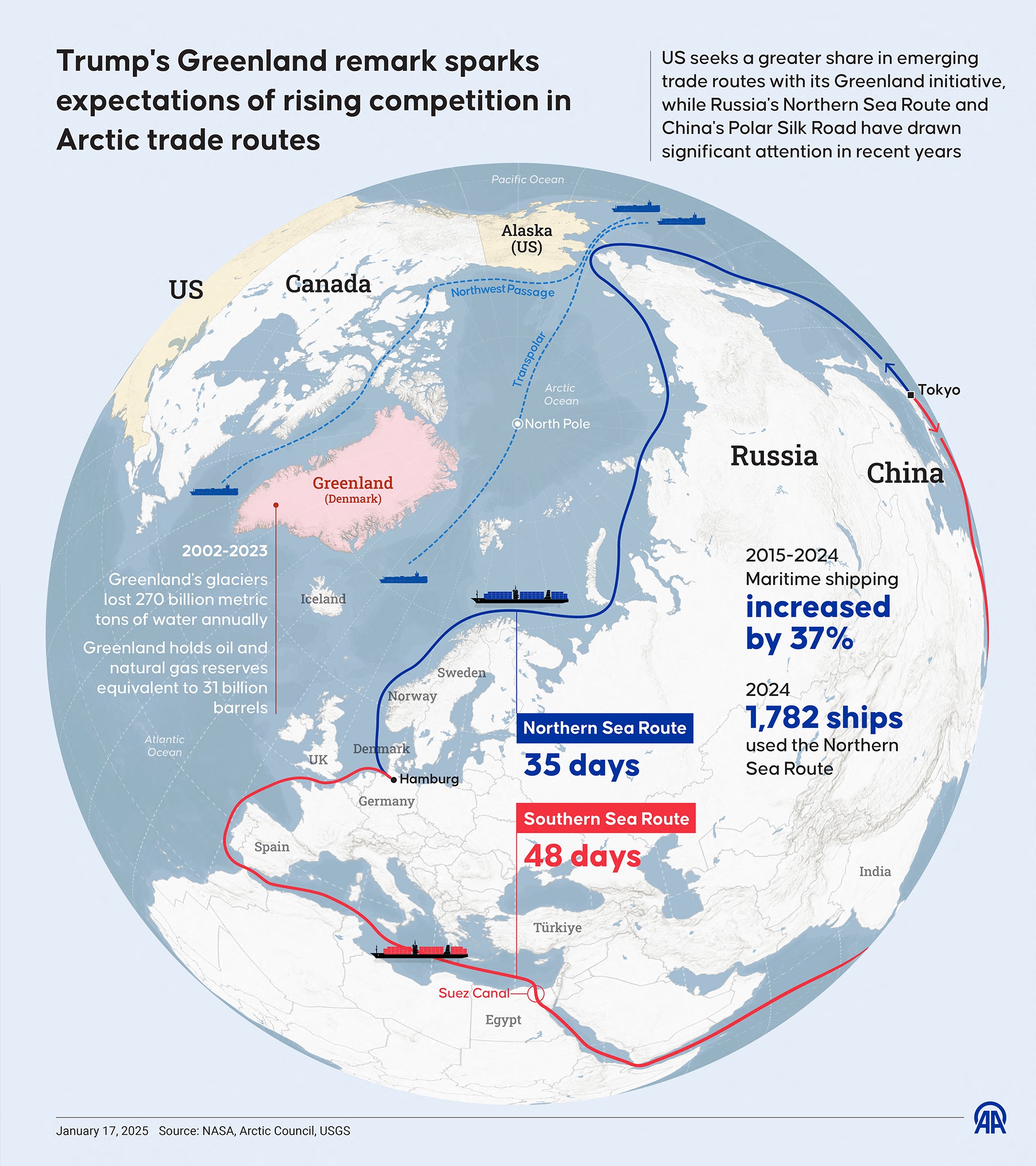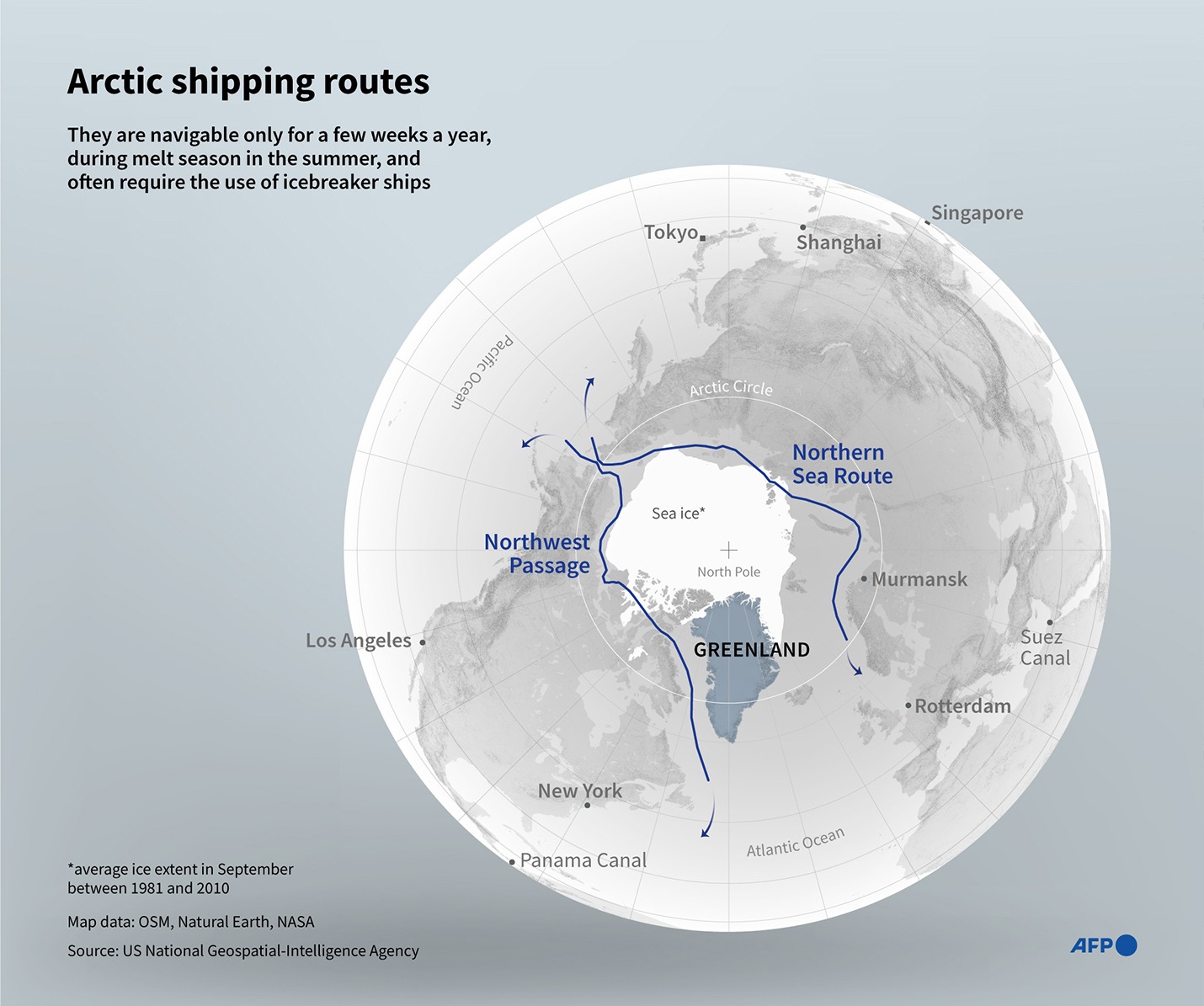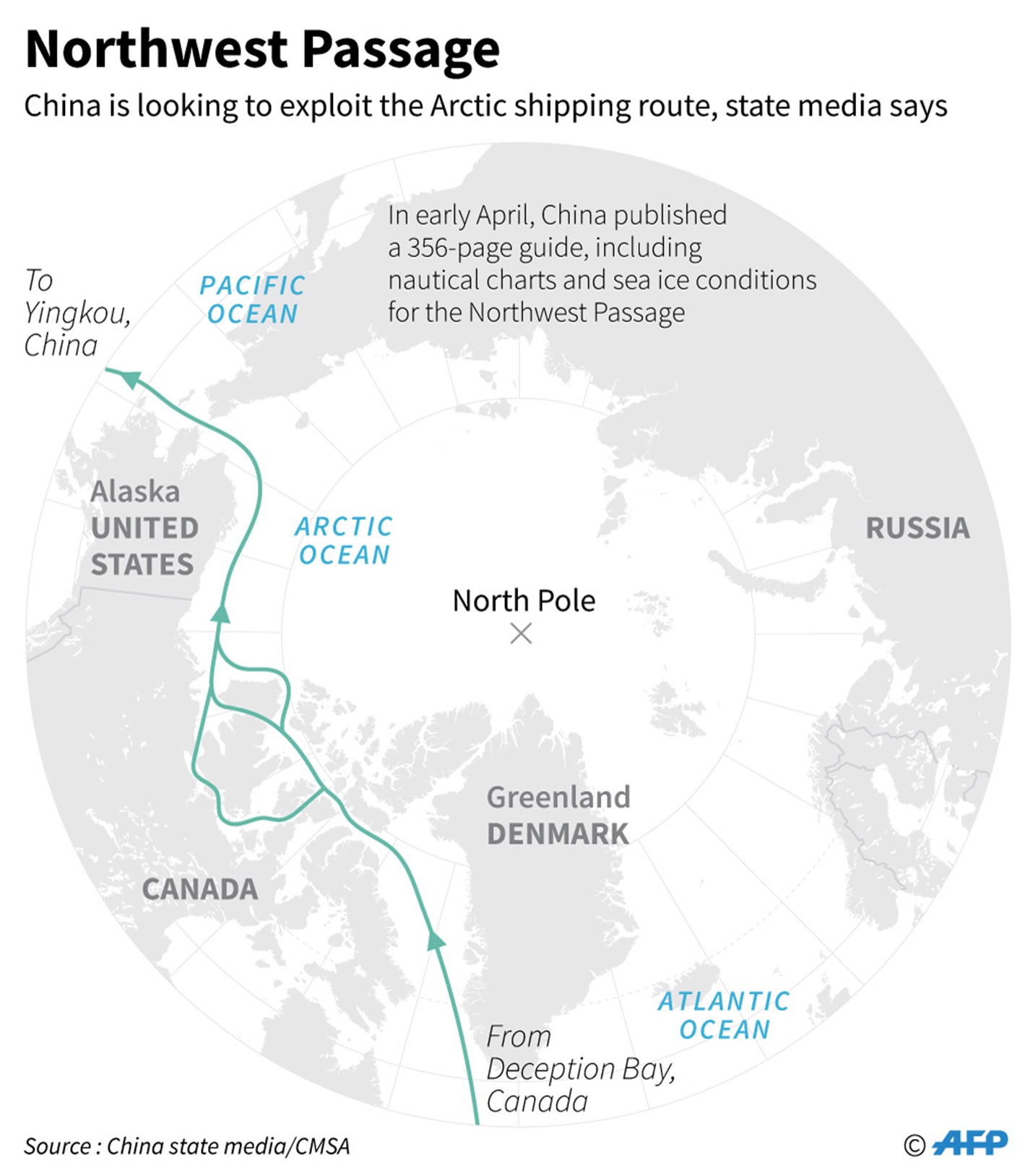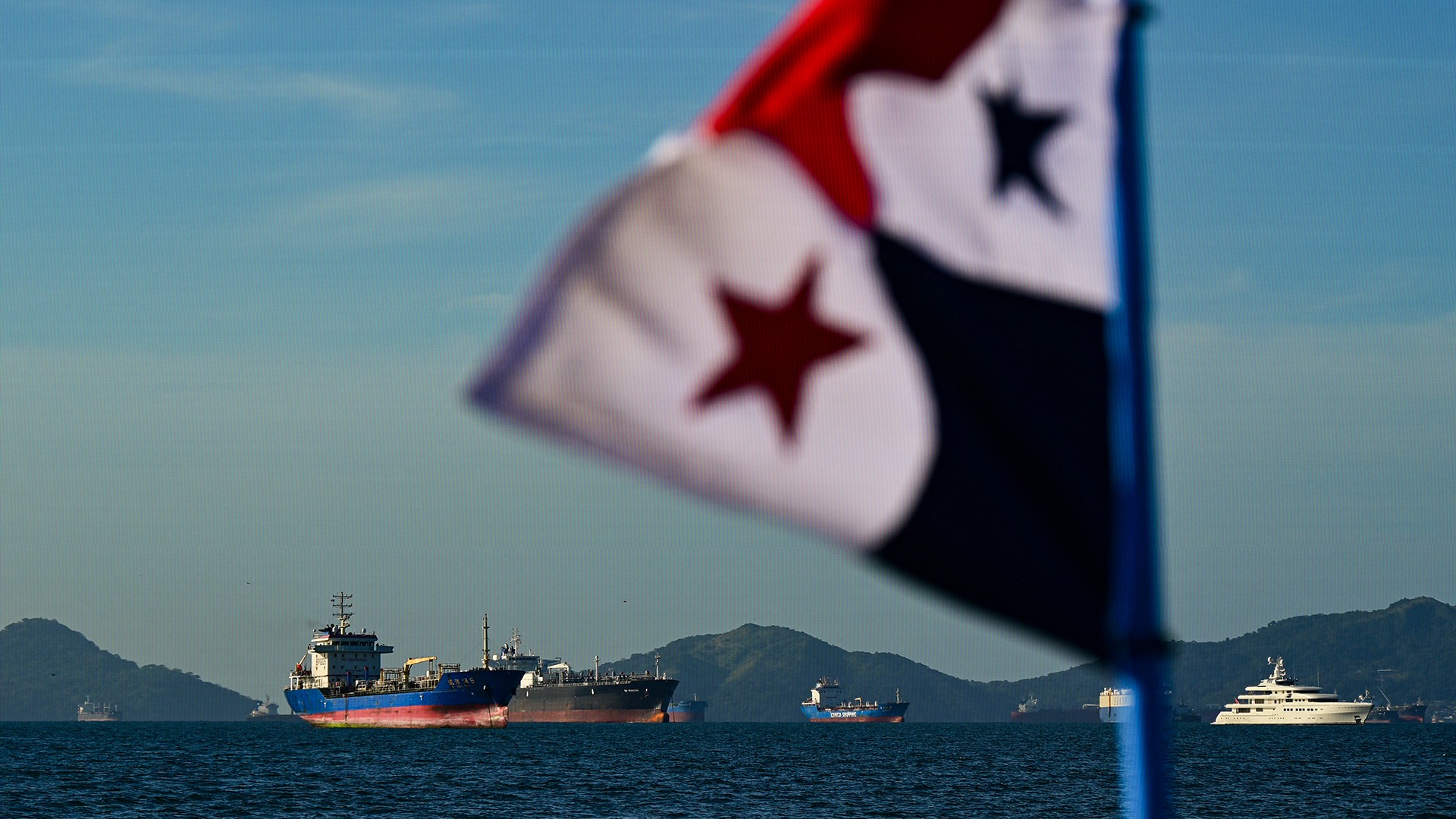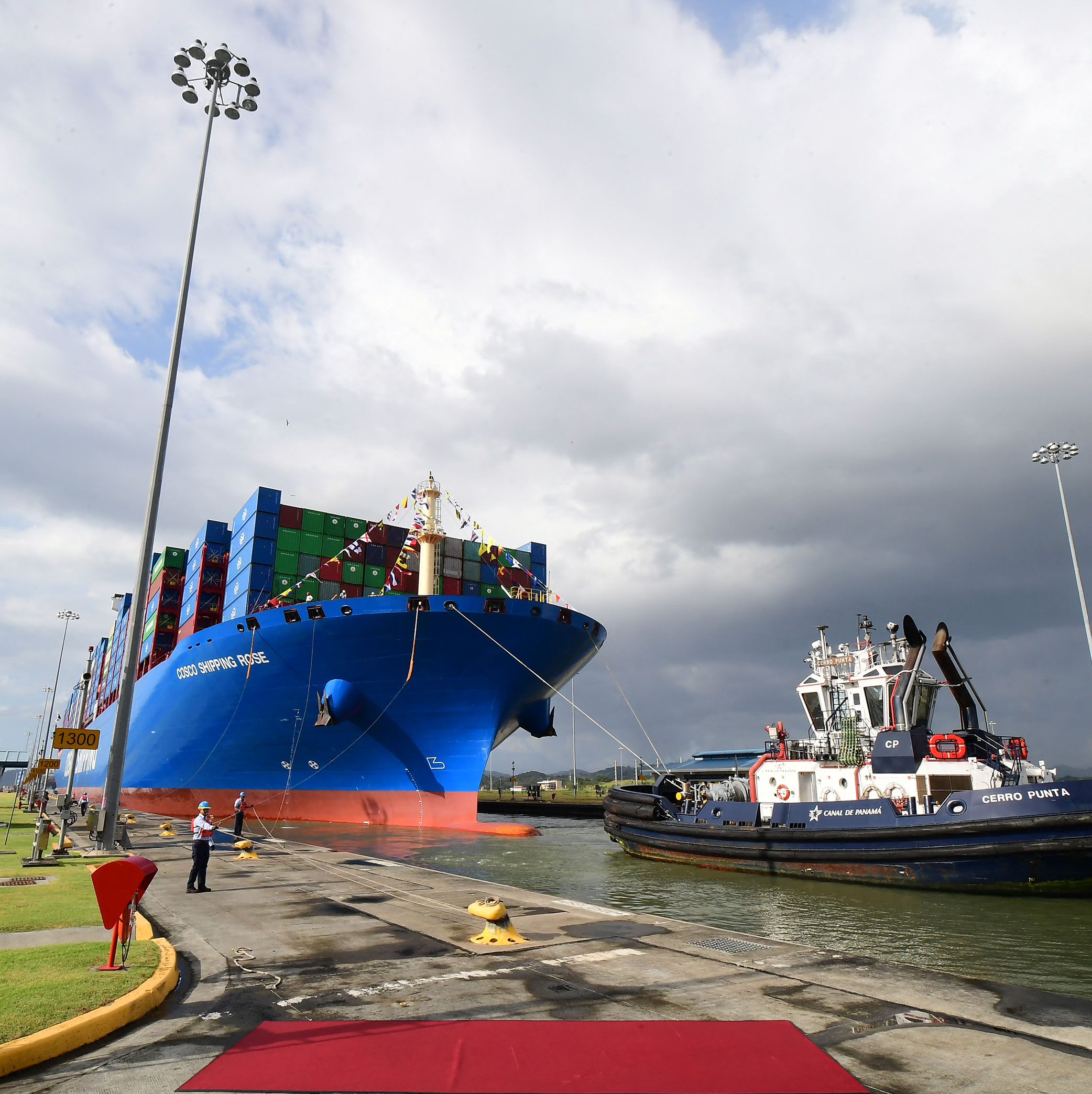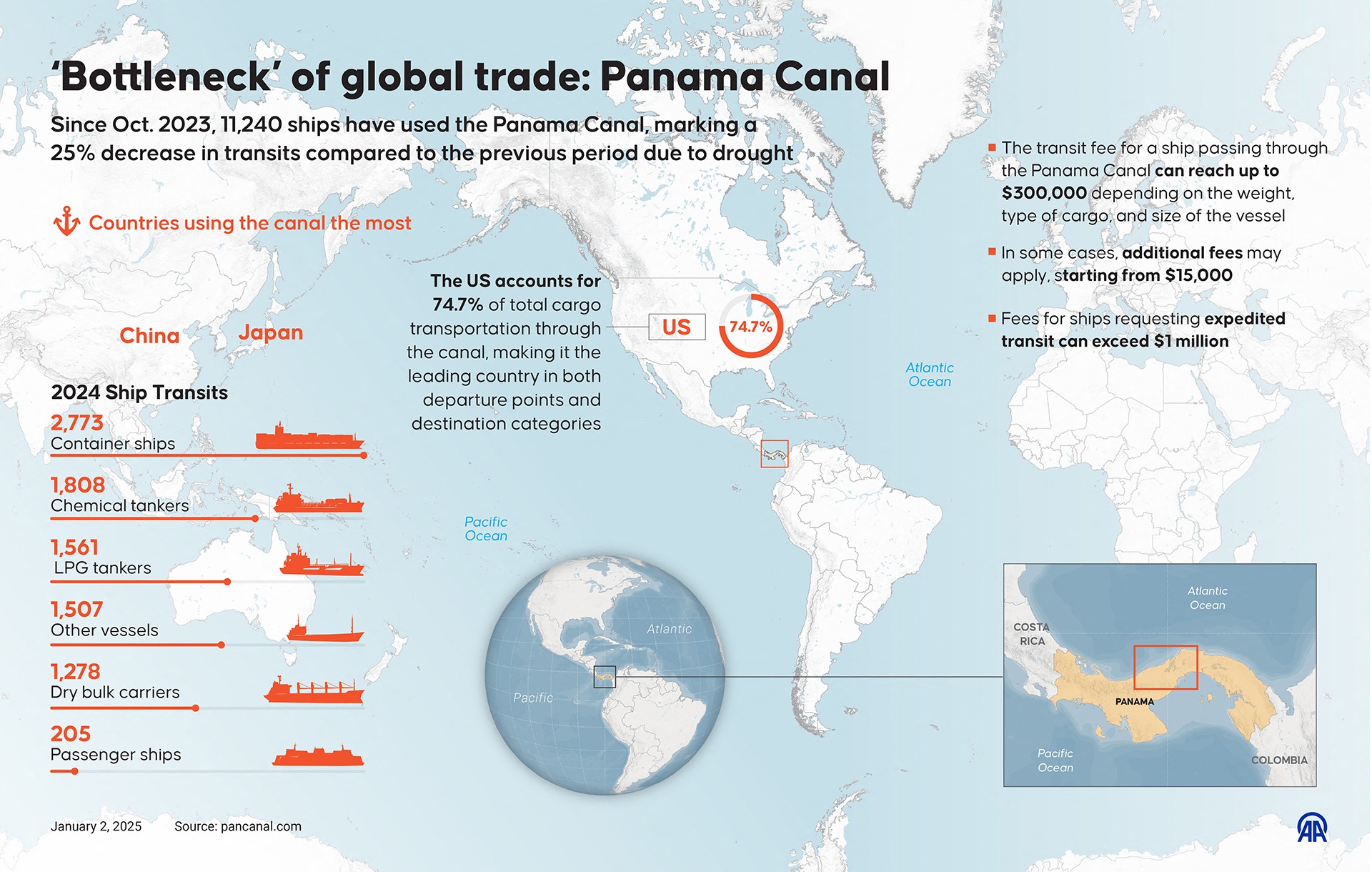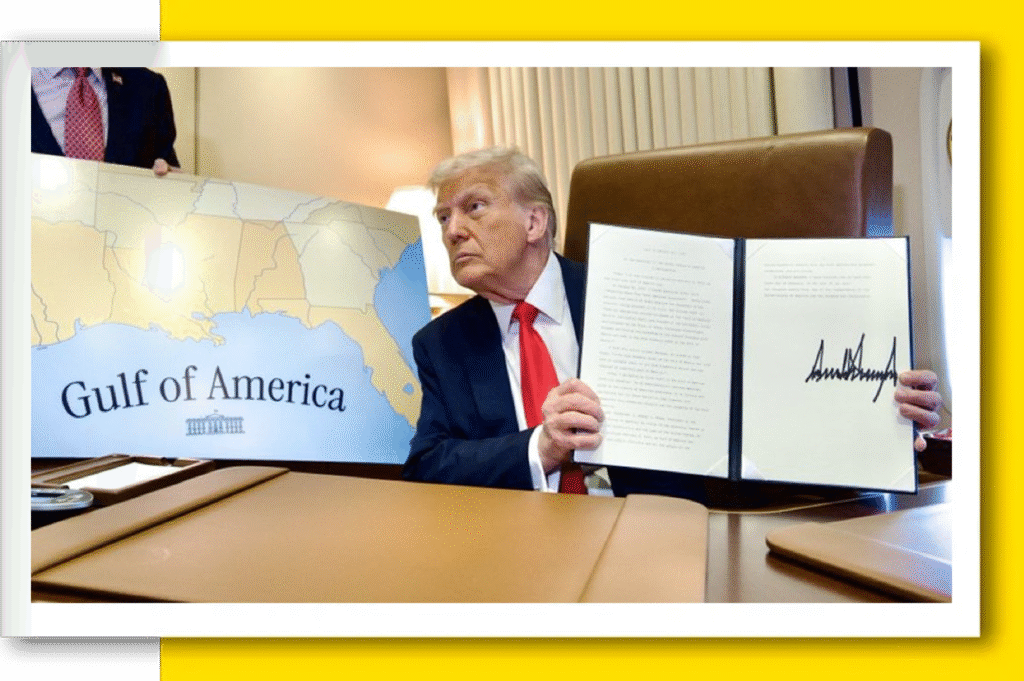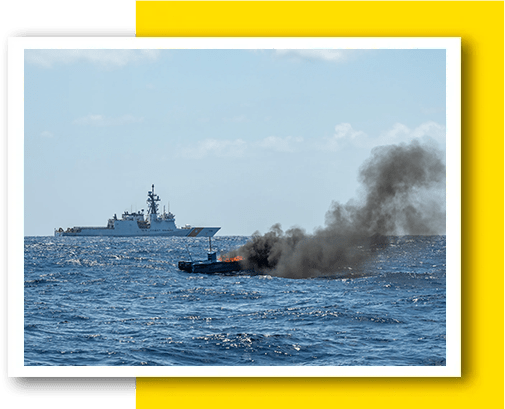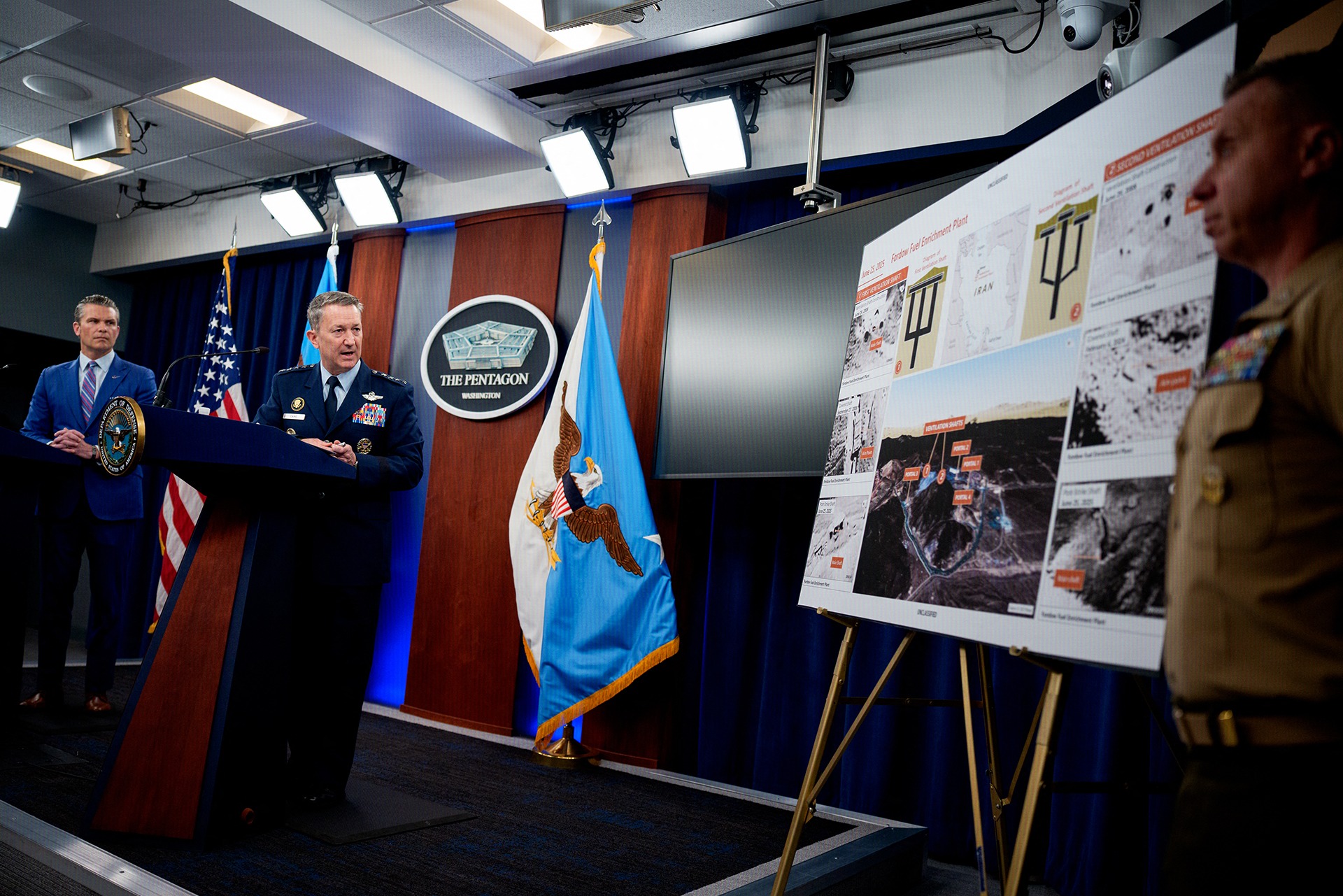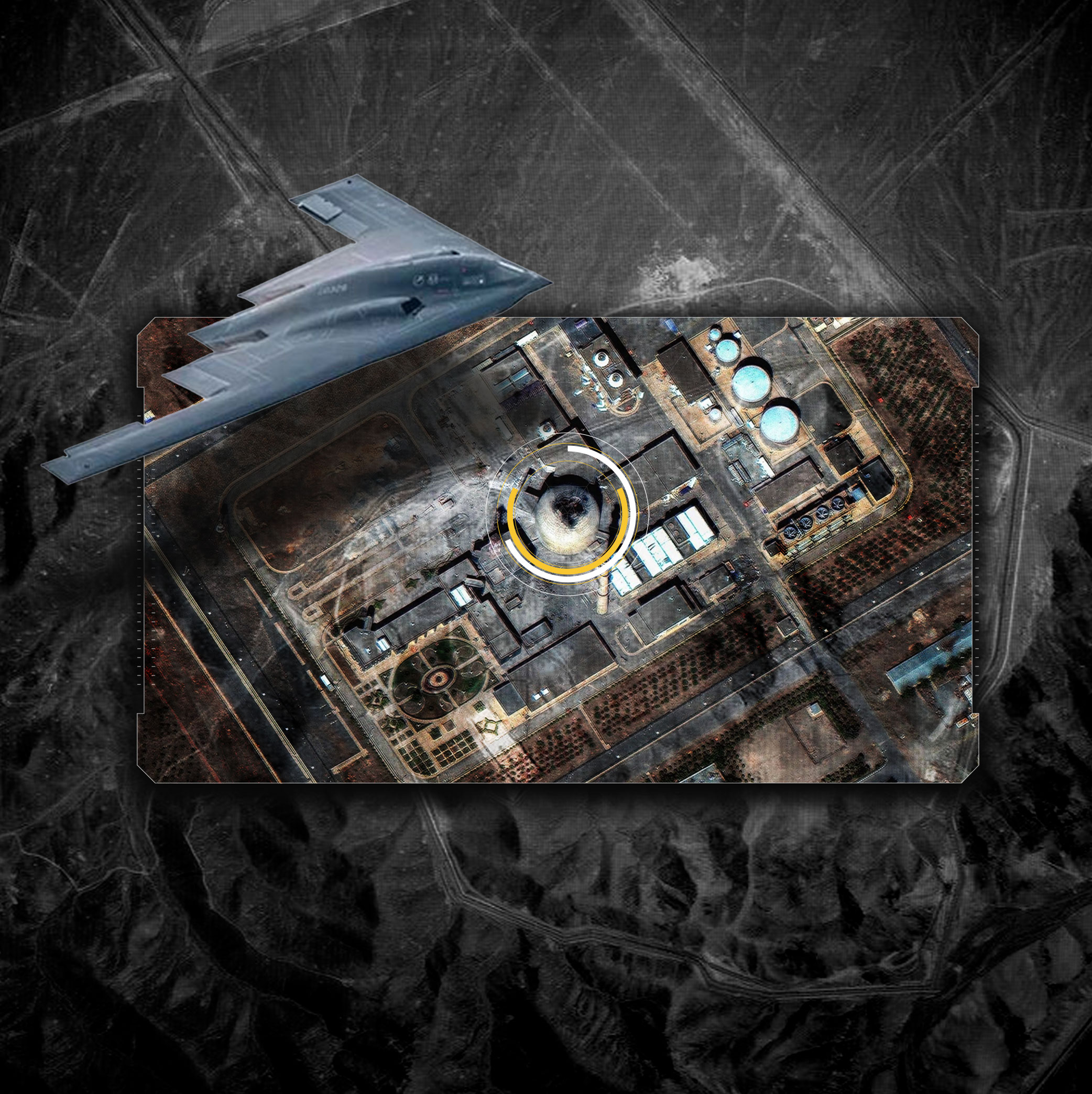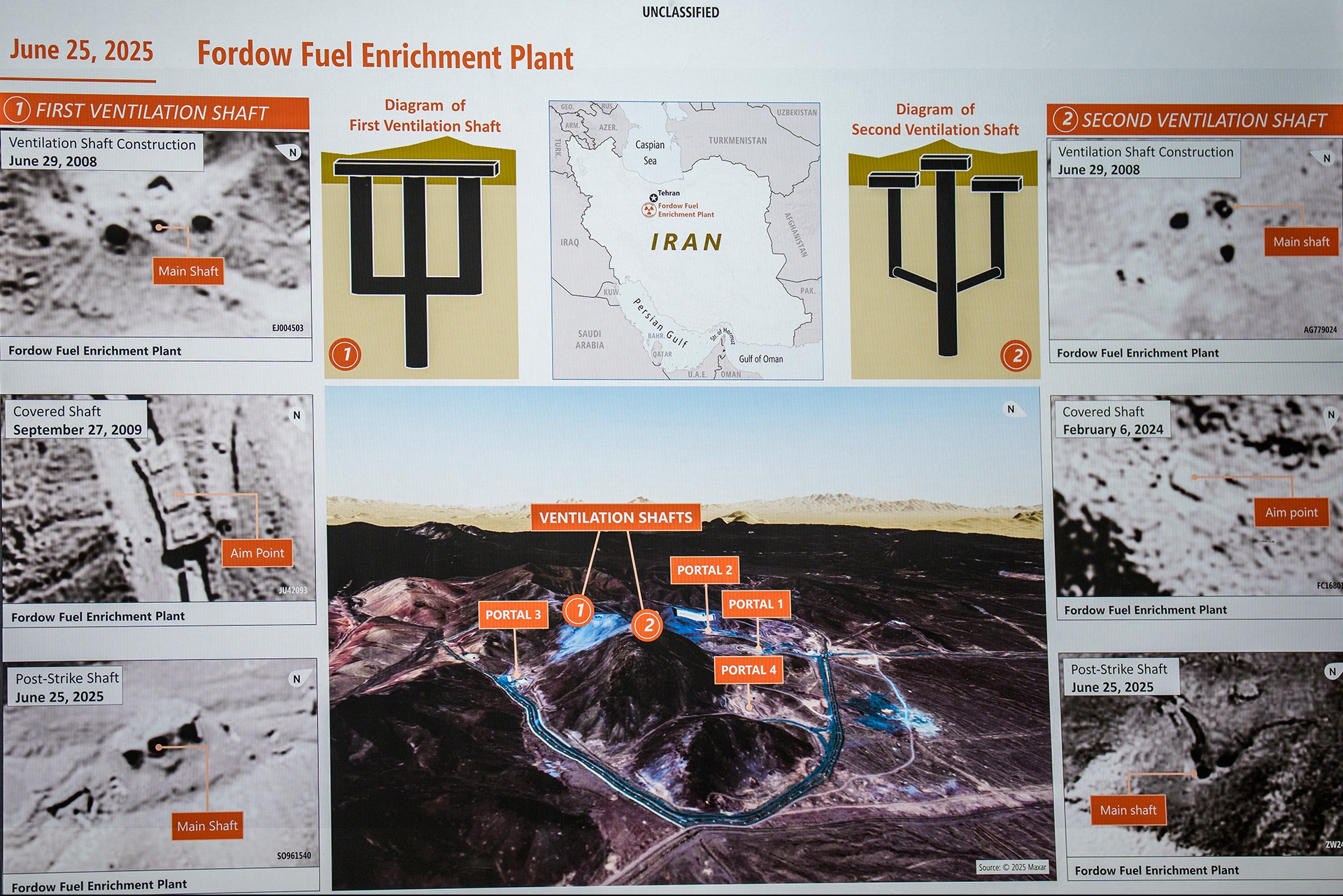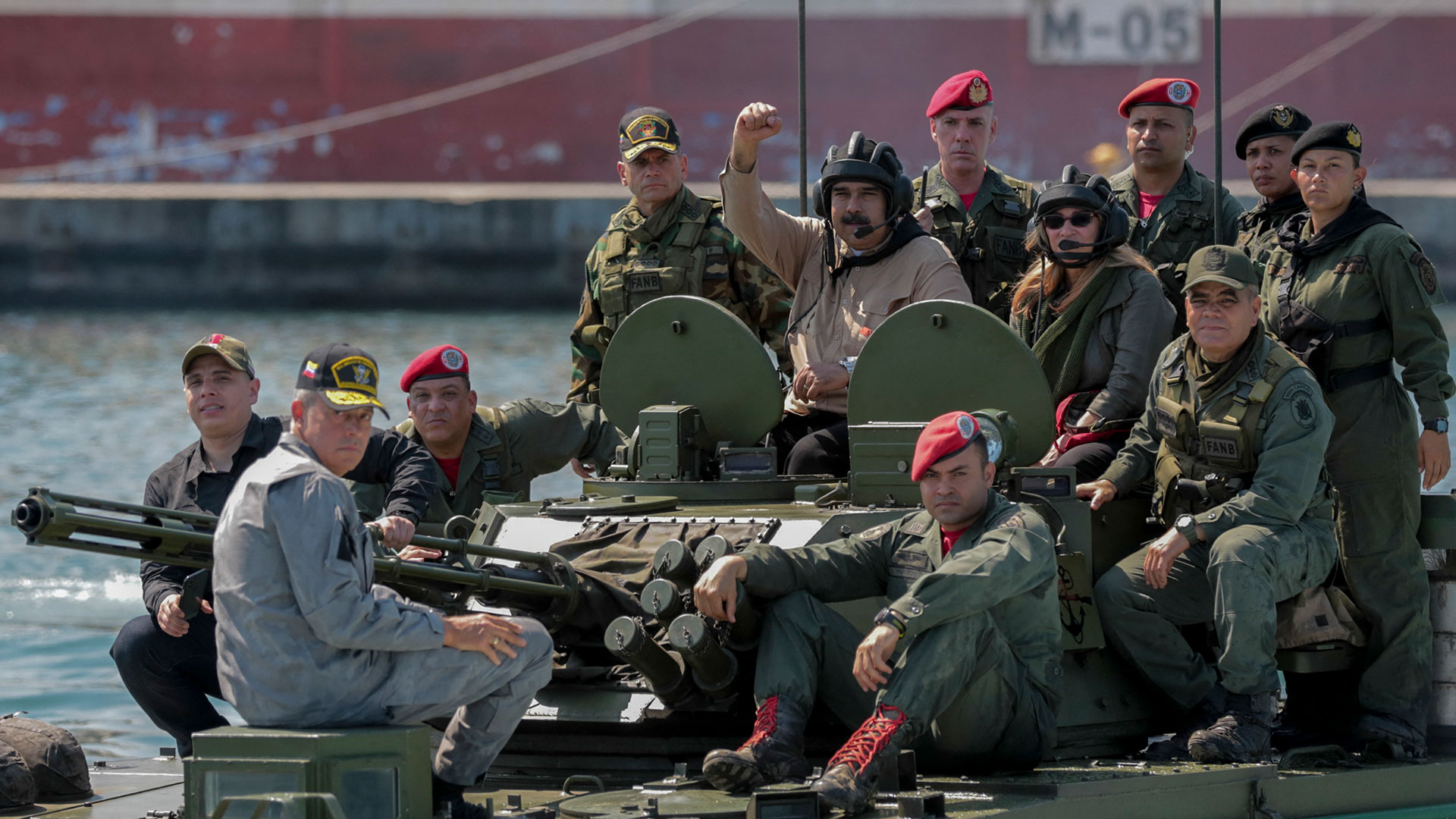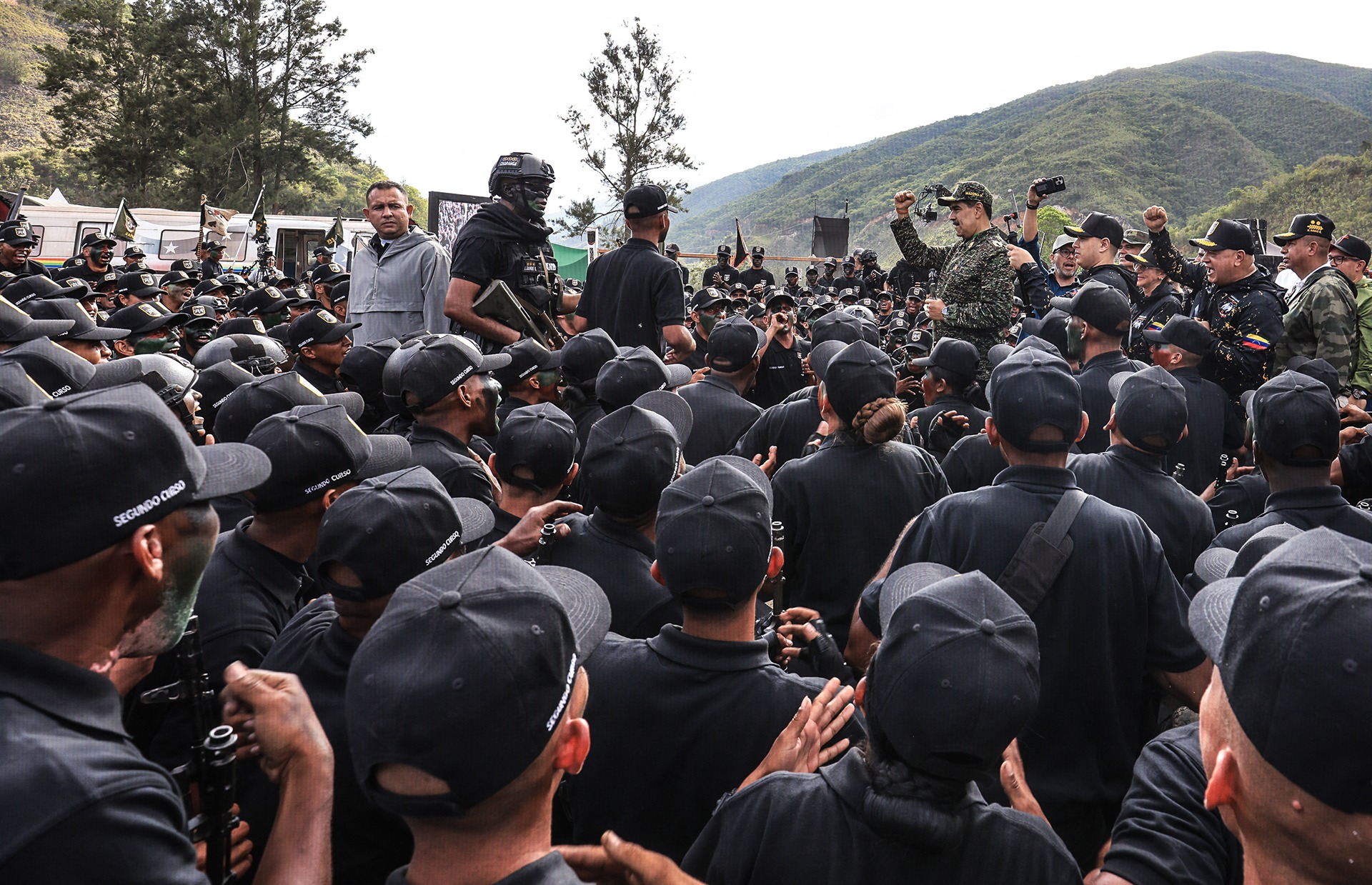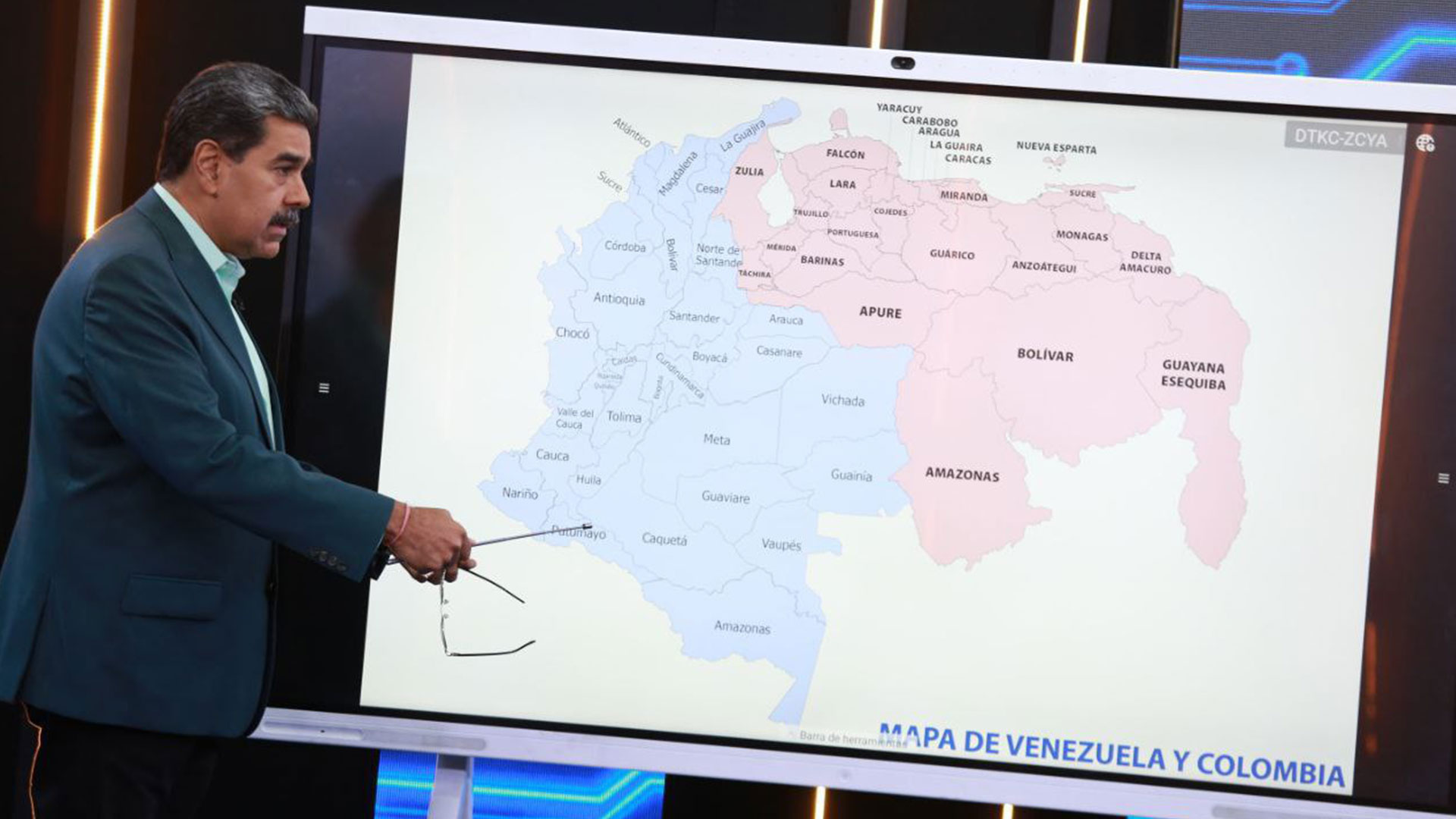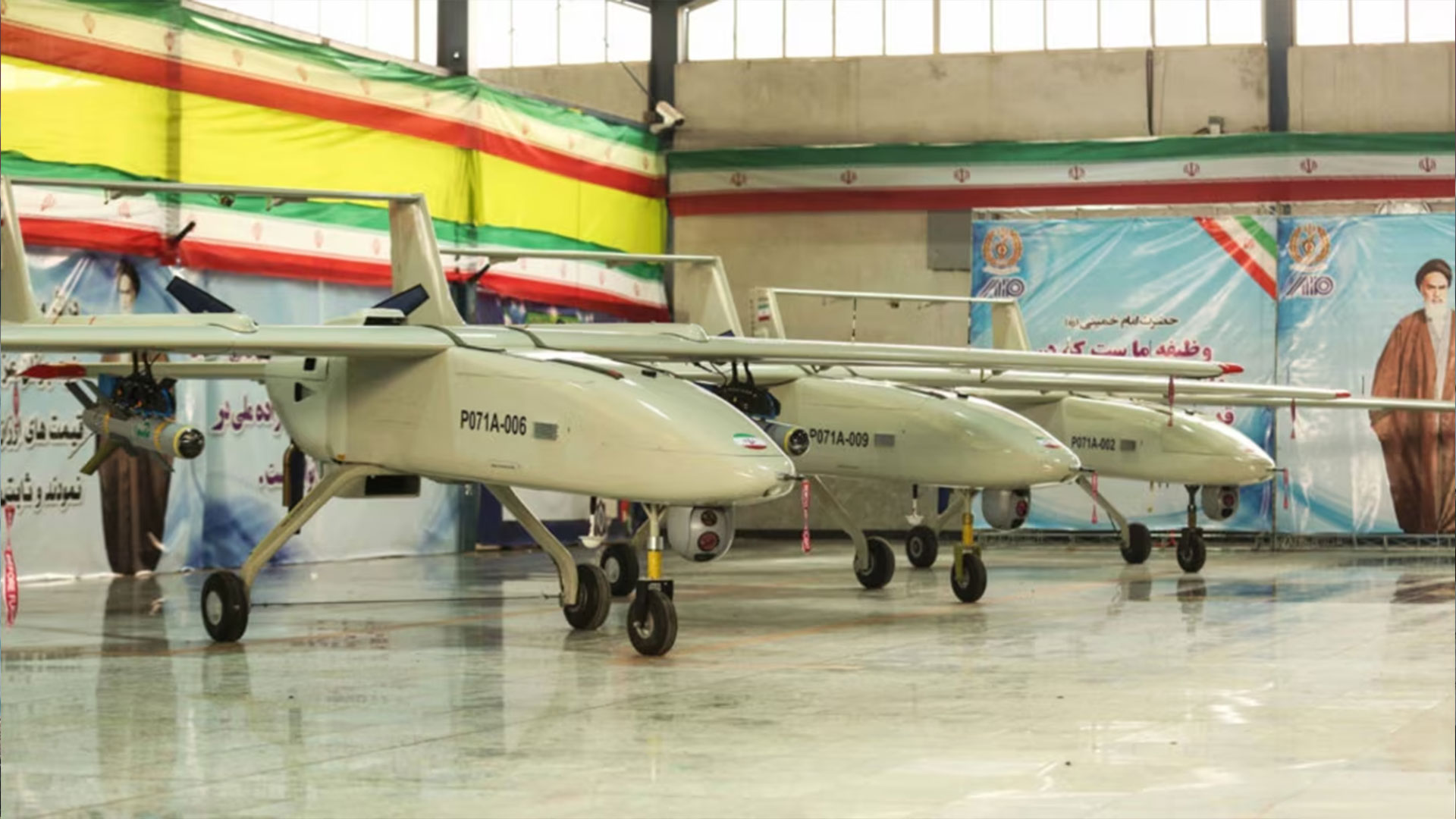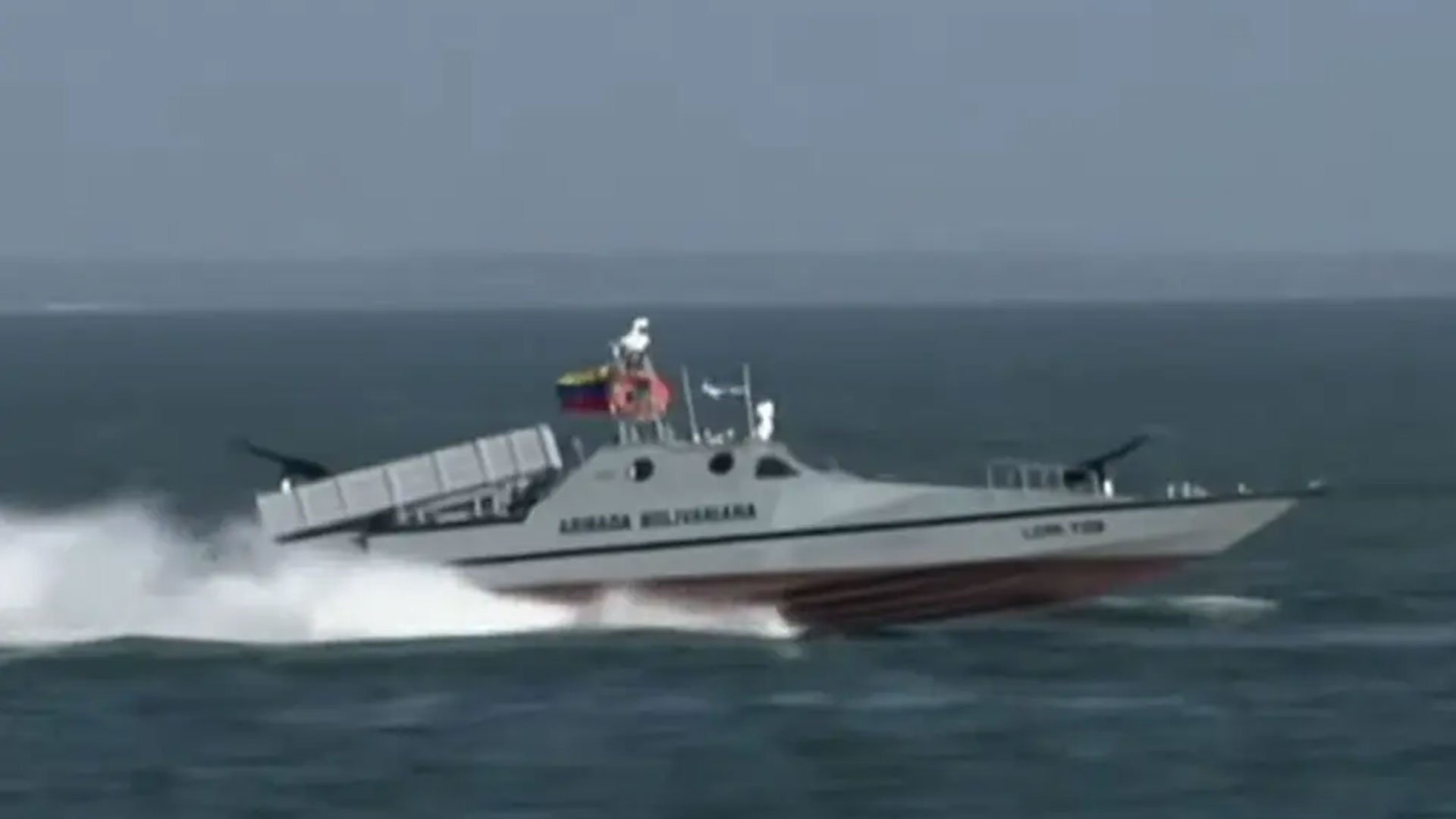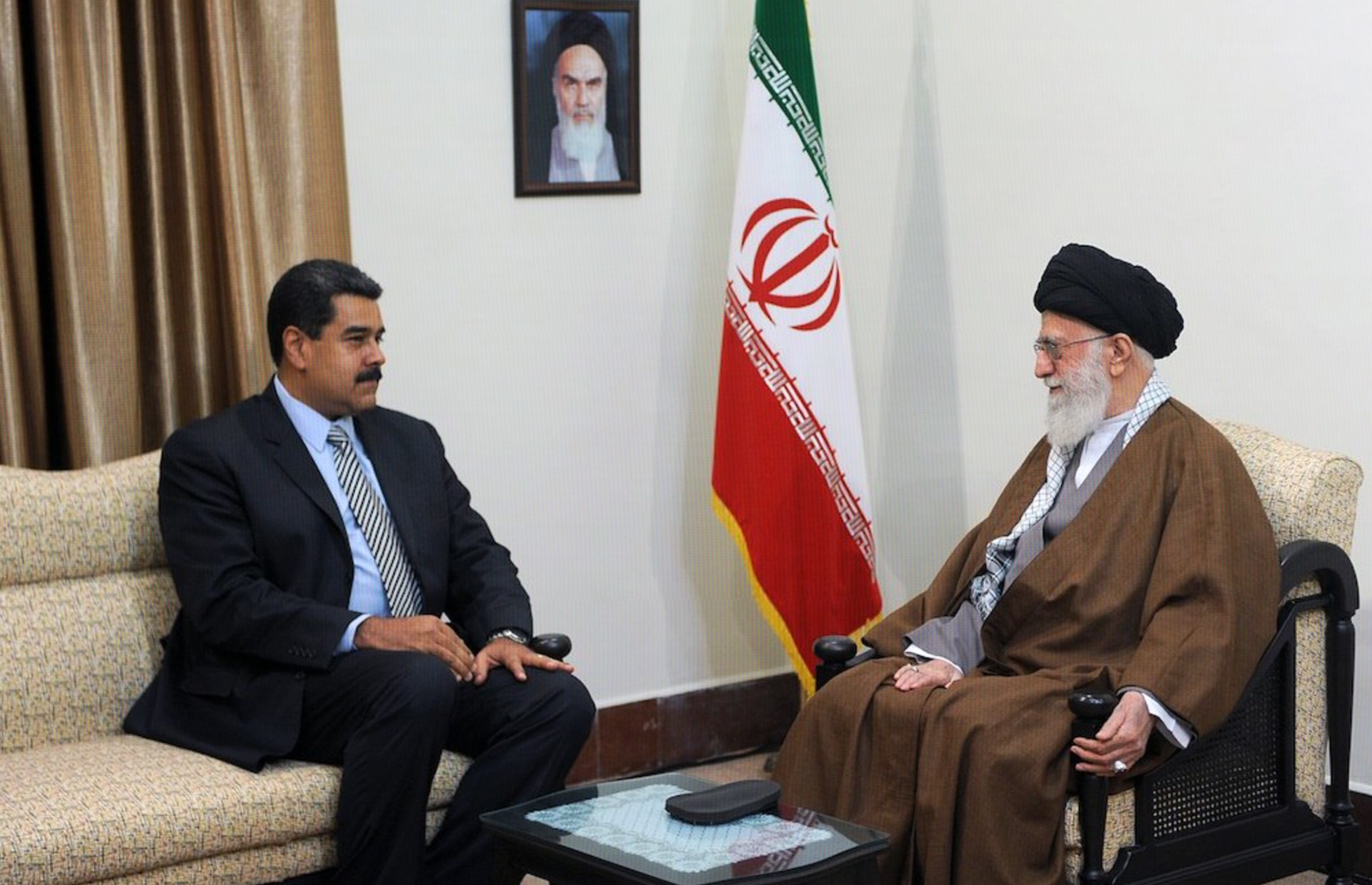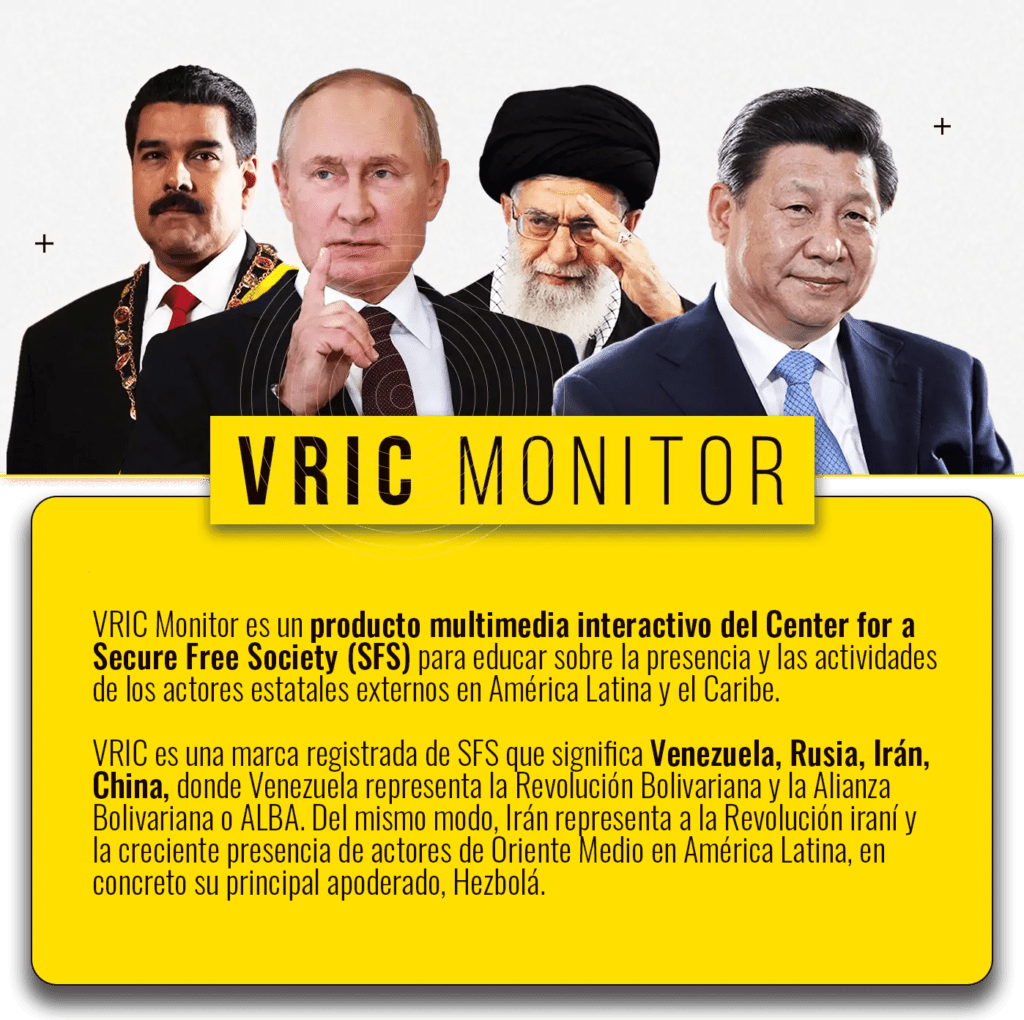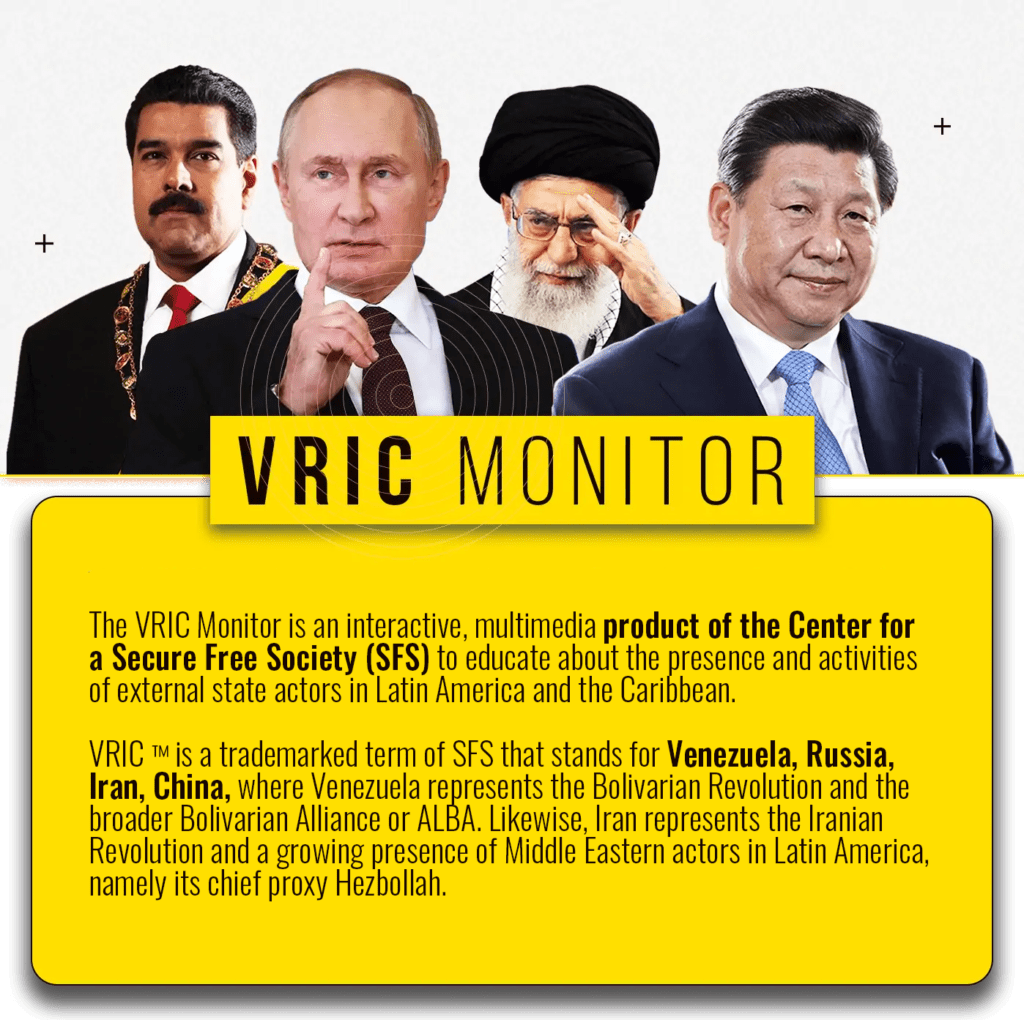Maduro aims to minimize intermediaries and consolidate drug routes under the regime’s direct control. This strategy mirrors the Vietnam War-style use of North and South Vietnam’s Demilitarized Zone (DMZ), which hosted several clandestine operations. One covert strategy is the proposal to create a Binational Special Economic Zone of the Border.
Maduro and his Colombian counterpart, President Gustavo Petro, are advancing this project under the pretext of stabilization; however, Maduro is actually protecting trafficking routes. By embedding these trafficking corridors within a state-sanctioned economic framework, the regime can mask illicit flows as legitimate trade, complicating detection by law enforcement and securing long-term control over one of the most profitable segments of its criminal economy.
Catatumbo is on the route of the Venezuelan migrants to reach the Darién Gap, a jungle corridor connecting Colombia and Panama. From 2020 to 2024, approximately one million migrants traversed this dangerous route to cross the southern border of the United States.
The intersection of human trafficking and drug trafficking demonstrates how Venezuela’s regime operates transnational crime networks and engages in asymmetrical actions against the United States. The regime provides drugs, on an industrial scale, that increase the power of Mexican cartels to generate violence and crises on the Southern border.
Drug trafficking now serves as both a funding mechanism and a strategic weapon. In 2023 alone, over 105,000 people in the U.S. died from overdoses. This figure is thirteen times higher than the average number of Americans killed per year in the Vietnam War. Of those deaths, 29,000 were cocaine-related – more than the total number of casualties in the Korean War. These deaths are not collateral damage; they are the result of a calculated asymmetric strategy.
Maduro’s alliances with the PRC and Russia strengthen his ability to resist Western sanctions and expand criminal activities. These countries provide strategic support in various ways. For example, China assists Venezuela with financial protection, facilitating sanctions evasion and money laundering operations for the regime. Russia provides military training and logistical support for Venezuelan forces, enabling the militarization of security along trafficking routes. The Iranian regime provides expertise in clandestine networks and asymmetric warfare through its proxies and uses Venezuela to increase its influence in the Western Hemisphere.
